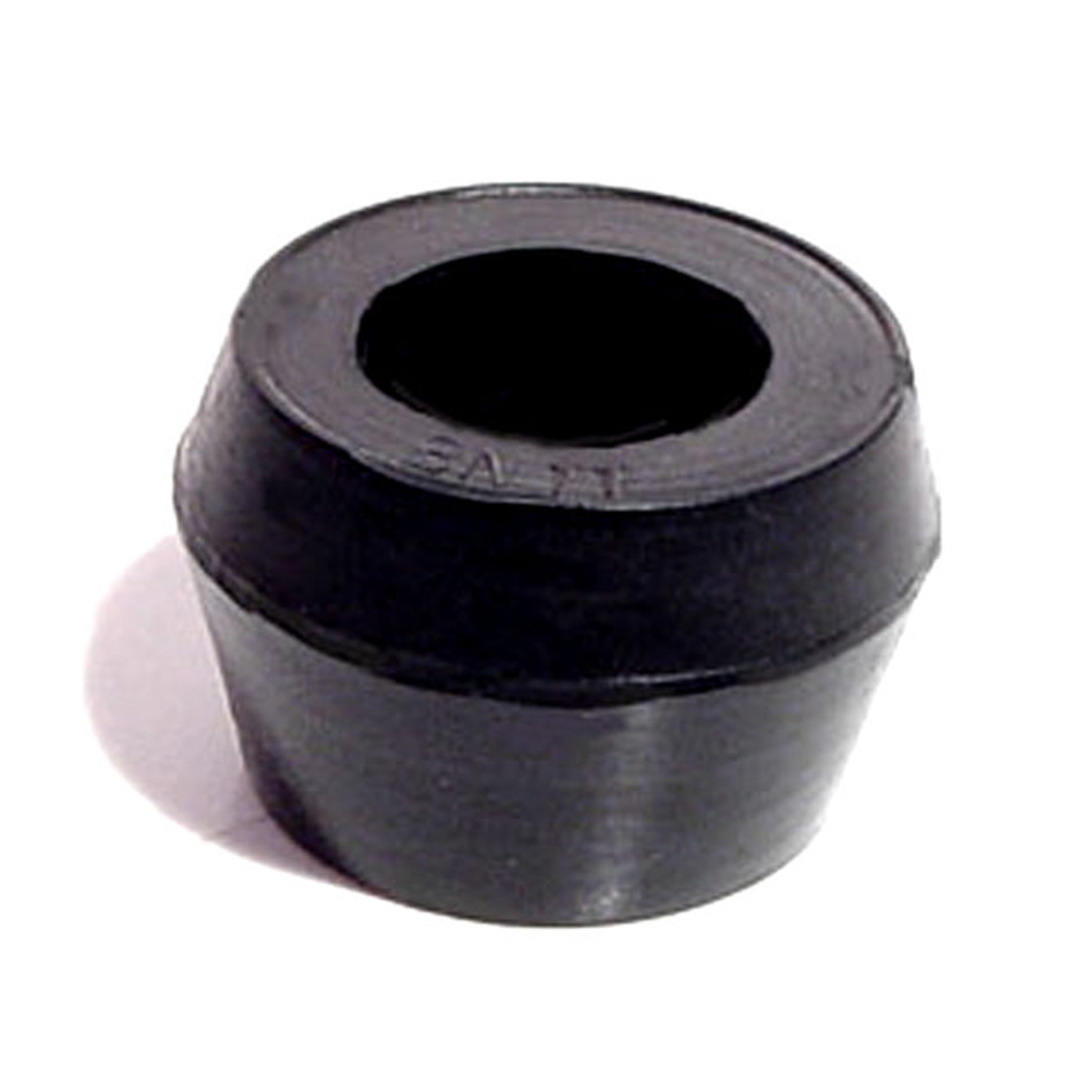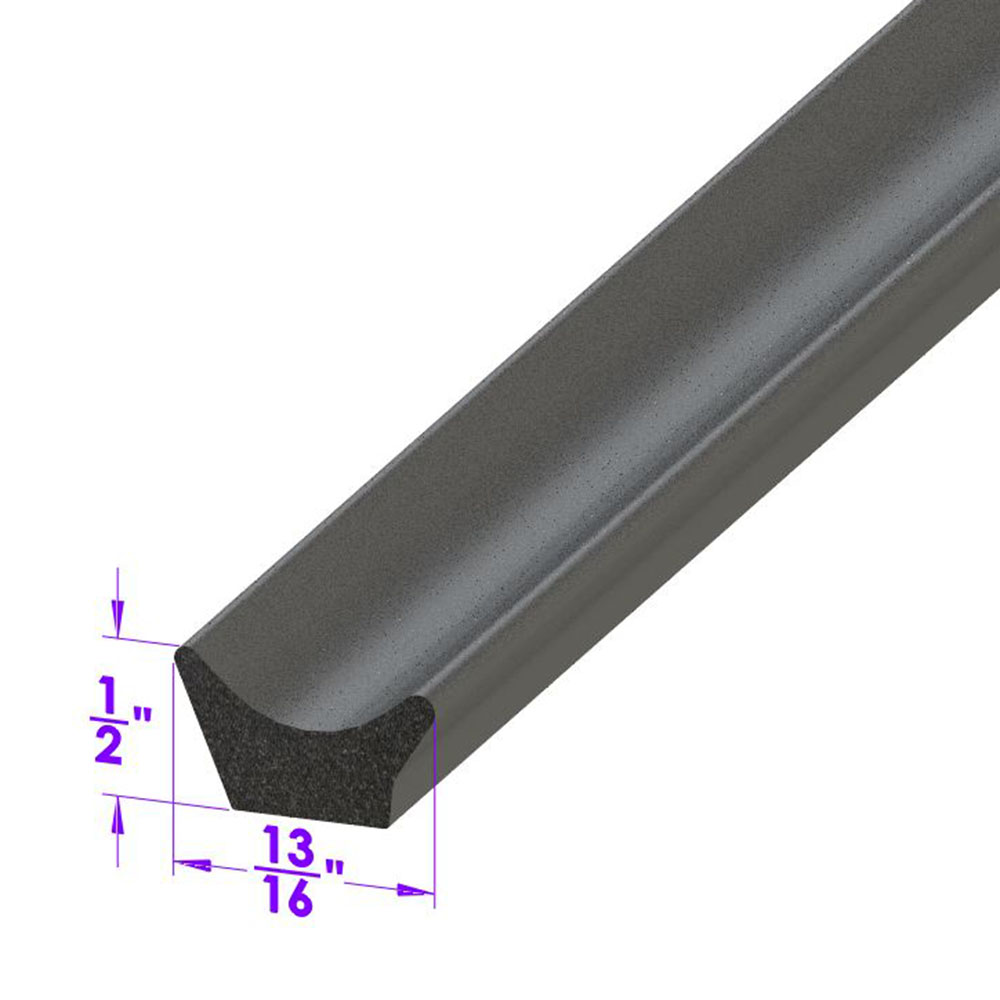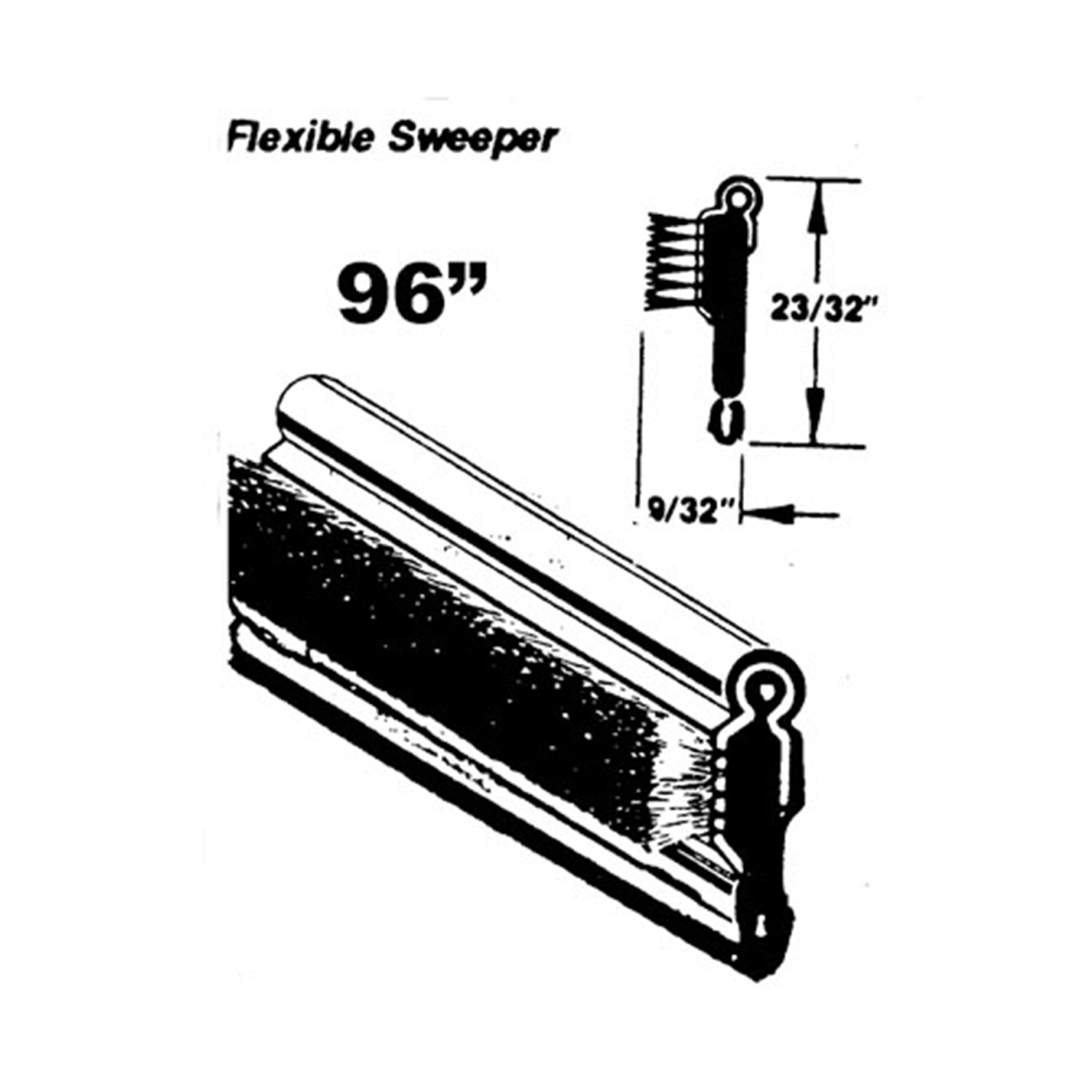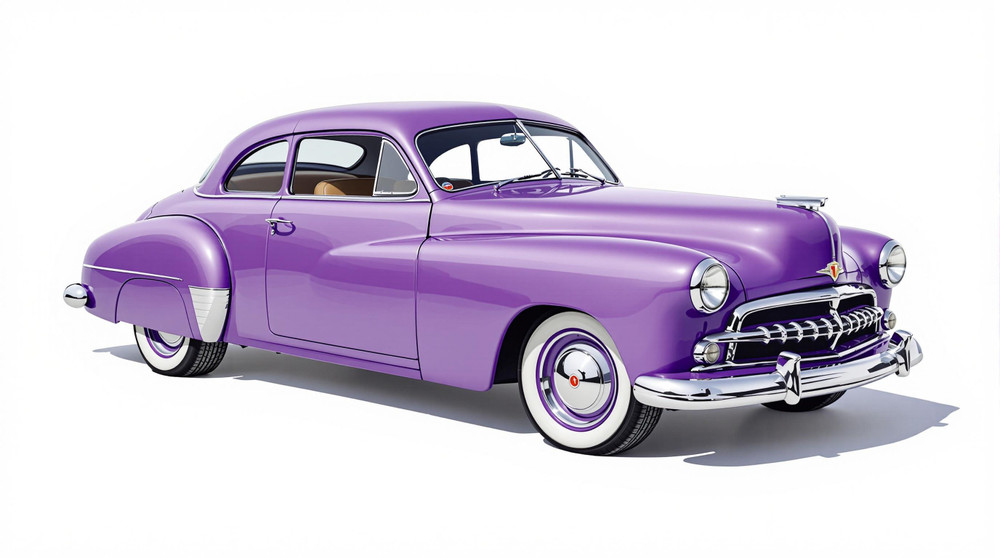Image of 1952 Willys Aero Comet, Note: These illustrations use artistic license and may differ from actual historical models.
Performance Metrics
Fundamental Metrics
Emotional Appeal
MMP Rating
| Engine Specifications | |
|---|---|
| Engine: | L-161 Lightning I6 |
| Displacement: | 161 cu in (2.6 L) |
| Horsepower: | 75 hp |
| Torque: | 125 lb-ft |
| Compression Ratio: | 7.0:1 |
| Ignition System: | Distributor and coil |
| Cooling System: | Liquid-cooled |
| Performance Specifications | |
| 0-60 Time: | Estimated 20 seconds |
| 1/4 Mile Time: | Not available |
| Top Speed: | 80 mph |
| Transmission and Drive | |
| Drive Type: | Rear-wheel drive |
| Transmission Type: | 3-speed manual |
| Fuel and Efficiency | |
| Fuel System Type: | Carburetor |
| MPG: | Estimated 20 mpg |
| Dimensions and Brakes | |
| Brakes: | Drum brakes |
| Wheelbase: | 108 in (2,743 mm) |
| Weight: | 2,700 lbs |
Note: Specifications for classic cars are given to the best of our ability, considering the limited and variant data available.
Introduction
The 1952 Willys Aero Comet heralded a new era in postwar automotive design, emerging from the company renowned for its rugged military Jeeps. This vehicle was a departure from Willys-Overland's utilitarian roots, showcasing a sleeker and more sophisticated silhouette that aimed to capture the optimism of the 1950s. The Aero Comet was part of Willys' foray into the world of passenger cars, and it stood out with its advanced engineering and attractive styling. A notable moment in its history was its role in pioneering the use of lightweight materials and aerodynamic features that would later become more commonplace in car design.
Design and Innovation
The exterior of the 1952 Willys Aero Comet was a testament to postwar modernity, featuring smooth lines and a streamlined body that seemed to slice through the air. Its chrome-trimmed front grille and teardrop-shaped headlamps exuded elegance, while the modest tail fins hinted at the jet age influences that were becoming popular at the time. Inside, passengers were greeted with a surprisingly spacious cabin for a compact car, adorned with quality fabrics and simple yet functional controls. Technological features such as independent front suspension and an overhead valve engine set it apart from many competitors. The color palette ranged from conservative hues to more vibrant options, with Canyon Red and Bermuda Blue being among the popular choices. The two-door sedan was particularly iconic, though other body styles like coupes and hardtops were also available.
Historical Significance
The Aero Comet's introduction marked a significant shift in Willys-Overland's strategy, as it attempted to break into the mainstream passenger car market. Its blend of economy, performance, and style was unique at the time, offering consumers an alternative to the larger and less efficient models from other manufacturers. The Aero Comet's legacy lies in its forward-thinking approach to automotive design, which would influence future generations of compact cars.
Performance and Handling
Underneath its hood, the 1952 Willys Aero Comet boasted a lively 161 cubic inch "F-head" six-cylinder engine that delivered around 90 horsepower. While not a powerhouse by today's standards, it allowed for a respectable top speed and could reach 0-60 mph in a time that kept pace with many contemporaries. Drivers appreciated its nimble handling on winding roads and its ability to absorb bumps with relative ease thanks to its advanced suspension system. The driving experience was characterized by a responsive throttle, an engine that hummed with eagerness, and steering that conveyed a sense of connection with the road.
Ownership Experience
The Aero Comet served various roles from an everyday family car to a stylish weekend cruiser. Its mechanical simplicity meant maintenance was straightforward for the average owner, contributing to its reliability. However, as with many vehicles of its age, finding parts today can be challenging.
Fun Facts
A curious tidbit about the 1952 Willys Aero Comet is that despite its innovative design, it never achieved the sales success Willys had hoped for, making surviving examples relatively rare today. While not known for holding any significant speed or endurance records, it has earned a cult following among classic car enthusiasts who appreciate its unique place in automotive history.
Collector's Information
Today, collectors might find an Aero Comet valued anywhere from $10,000 for models in need of restoration to upwards of $30,000 or more for well-preserved examples. Production numbers were modest compared to industry giants of the time; estimates suggest that several thousand were produced. As such, they are relatively scarce in today's market. The value trend for an Aero Comet appears to be slowly appreciating as interest in unique postwar vehicles continues to grow among collectors.
Conclusion
The 1952 Willys Aero Comet stands as an intriguing chapter in automotive history—a blend of innovation and style from an unexpected source. It may not have conquered the market as Willys had hoped, but it left an indelible mark on car design and remains a cherished piece of Americana for classic car aficionados worldwide.
1952 Willys Aero Comet Catalog of Parts
 1952 Willys Aero Comet Front and Rear Bumper Arm Grommets-BG 62Front and Rear Bumper Arm Grommets. 3-1/8" wide X 3-7/8" long, with 1-3/8" long inner slot. Pair
1952 Willys Aero Comet Front and Rear Bumper Arm Grommets-BG 62Front and Rear Bumper Arm Grommets. 3-1/8" wide X 3-7/8" long, with 1-3/8" long inner slot. Pair 1952 Willys Aero Comet Shock Absorber Grommet. 1" bottom O.D-BN 11Shock Absorber Grommet. 1" bottom O.D., 3/4" high, with 5/8" I.D. Each
1952 Willys Aero Comet Shock Absorber Grommet. 1" bottom O.D-BN 11Shock Absorber Grommet. 1" bottom O.D., 3/4" high, with 5/8" I.D. Each 1952 Willys Aero Comet Center Division Bar Seal. 20" piece, to be cut to length-DP 40Center Division Bar Seal. 20" piece, to be cut to length. Each
1952 Willys Aero Comet Center Division Bar Seal. 20" piece, to be cut to length-DP 40Center Division Bar Seal. 20" piece, to be cut to length. Each 1952 Willys Aero Comet Door side seal. Same as LP 40-A, but for a heavier seal-LP 40Door side seal. Same as LP 40-A, but for a heavier seal. Fits many domestic passenger cars and trucks. Used in Cobra kit cars as trunk weatherstrip. Per foot.
1952 Willys Aero Comet Door side seal. Same as LP 40-A, but for a heavier seal-LP 40Door side seal. Same as LP 40-A, but for a heavier seal. Fits many domestic passenger cars and trucks. Used in Cobra kit cars as trunk weatherstrip. Per foot. 1952 Willys Aero Comet Door side seal. Same as LP 40, but for a lighter seal-LP 40-ADoor side seal. Same as LP 40, but for a lighter seal. Fits many domestic passenger cars and trucks. Universal seal for street rods and customs. Used in Cobra kit cars as door weatherstrip. Per foot.
1952 Willys Aero Comet Door side seal. Same as LP 40, but for a lighter seal-LP 40-ADoor side seal. Same as LP 40, but for a lighter seal. Fits many domestic passenger cars and trucks. Universal seal for street rods and customs. Used in Cobra kit cars as door weatherstrip. Per foot. 1952 Willys Aero Comet Flexible window sweeper. Made with stainless steel bead-WC 4-96Flexible window sweeper. Made with stainless steel bead. 96 in. long. Each. NOTE: $20 special shipping charge applies for domestic orders. Call or email for overseas shipping costs. Part can be sectioned in two or three equal lengths to reduce overseas shipping costs.
1952 Willys Aero Comet Flexible window sweeper. Made with stainless steel bead-WC 4-96Flexible window sweeper. Made with stainless steel bead. 96 in. long. Each. NOTE: $20 special shipping charge applies for domestic orders. Call or email for overseas shipping costs. Part can be sectioned in two or three equal lengths to reduce overseas shipping costs.Why Choose Metro?
For over 100 years, Metro Moulded Parts has been the pinnacle of quality in classic car restoration parts. Our commitment to precision and authenticity in every component ensures a perfect fit and an OEM-level appearance.
- Expert Craftsmanship & Quality: Each part is a testament to our dedication to reliability and perfection, crafted from original designs and thoroughly tested.
- Advanced Technology: We use cutting-edge techniques to create flawless, long-lasting parts that surpass others in performance.
- SuperSoft Sponge – The Ultimate Door Seal: Not only are our door seals 30% softer than competitors', but they're also guaranteed to never leak. They effectively reduce wind and road noise, enhancing your classic car's comfort and driving experience.
- Proudly American: Our parts are a product of American craftsmanship, made in the USA with a spirit of excellence and heritage.
- Unrivaled Warranty: We back our products with a 30-year industry-leading warranty, a testament to our confidence in their quality.
Join us in preserving the legacy of classic cars with parts that are crafted for perfection, not just made.

